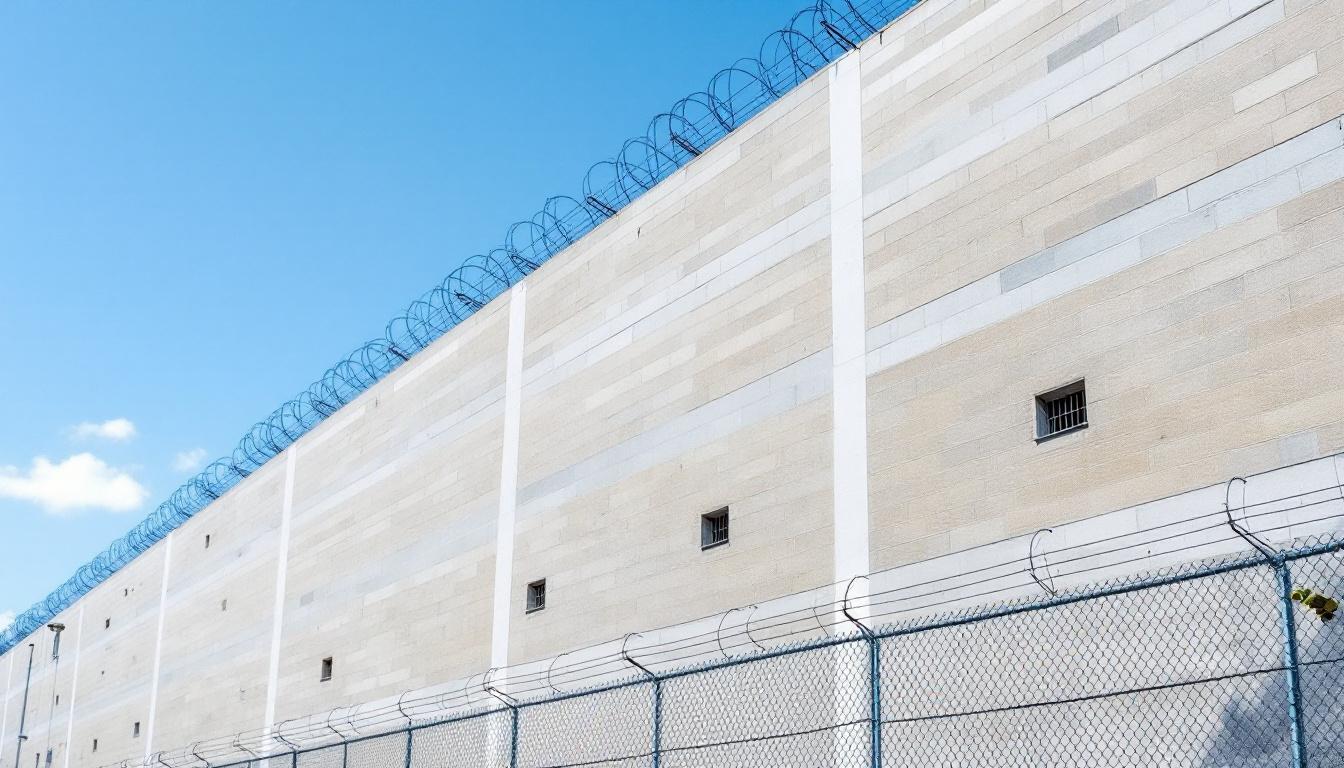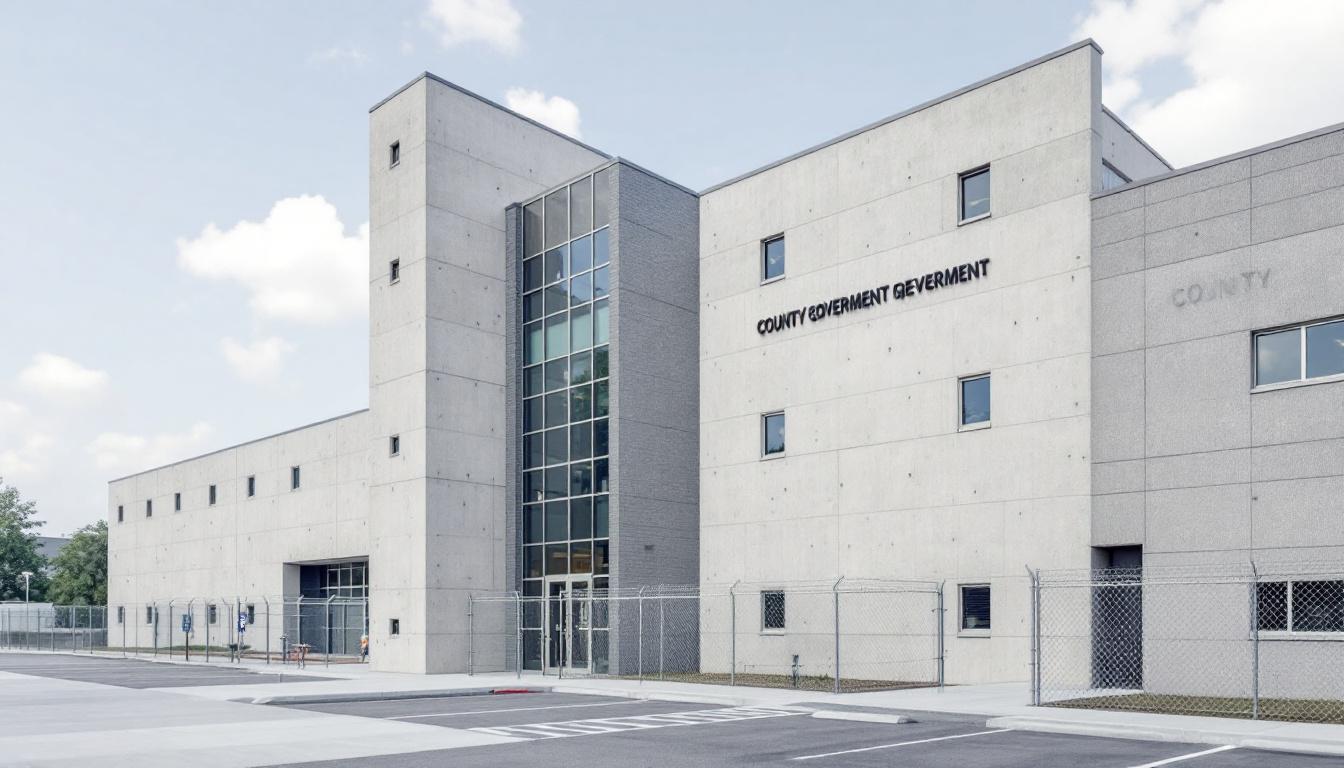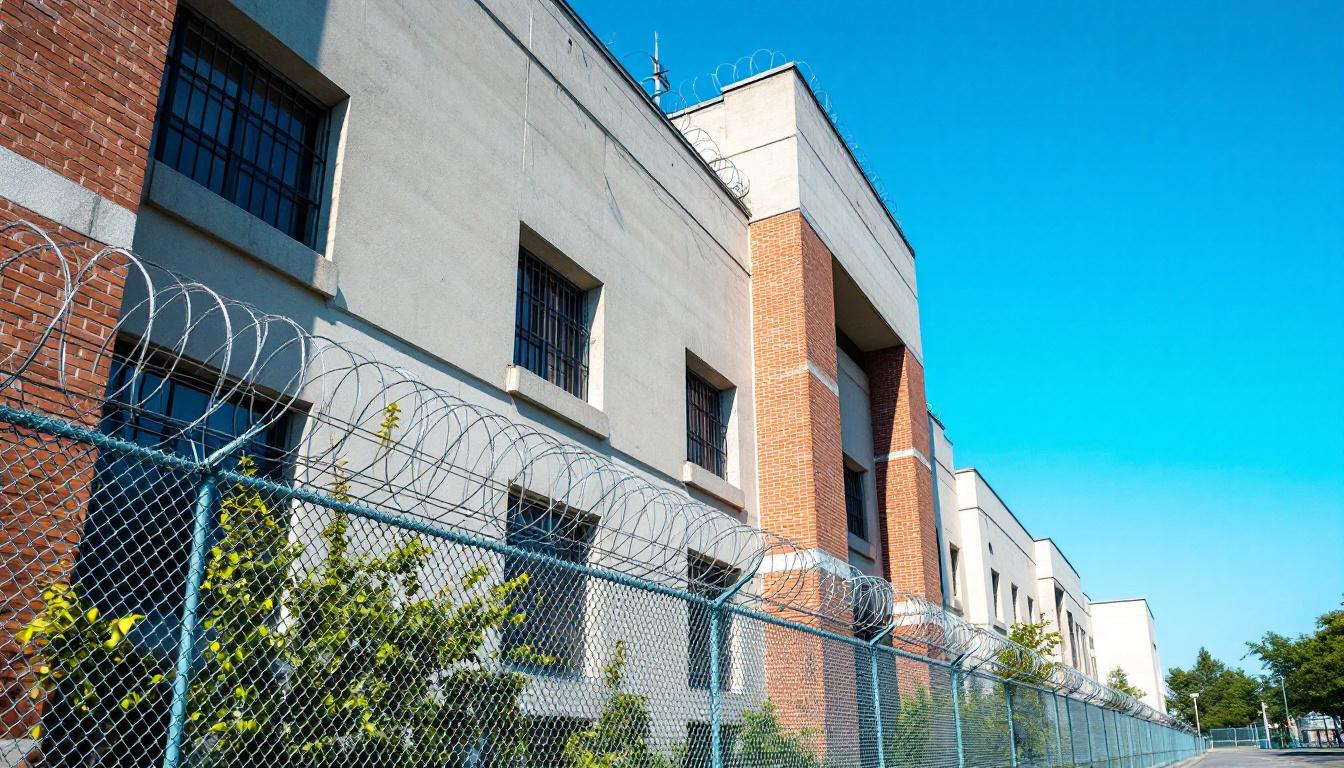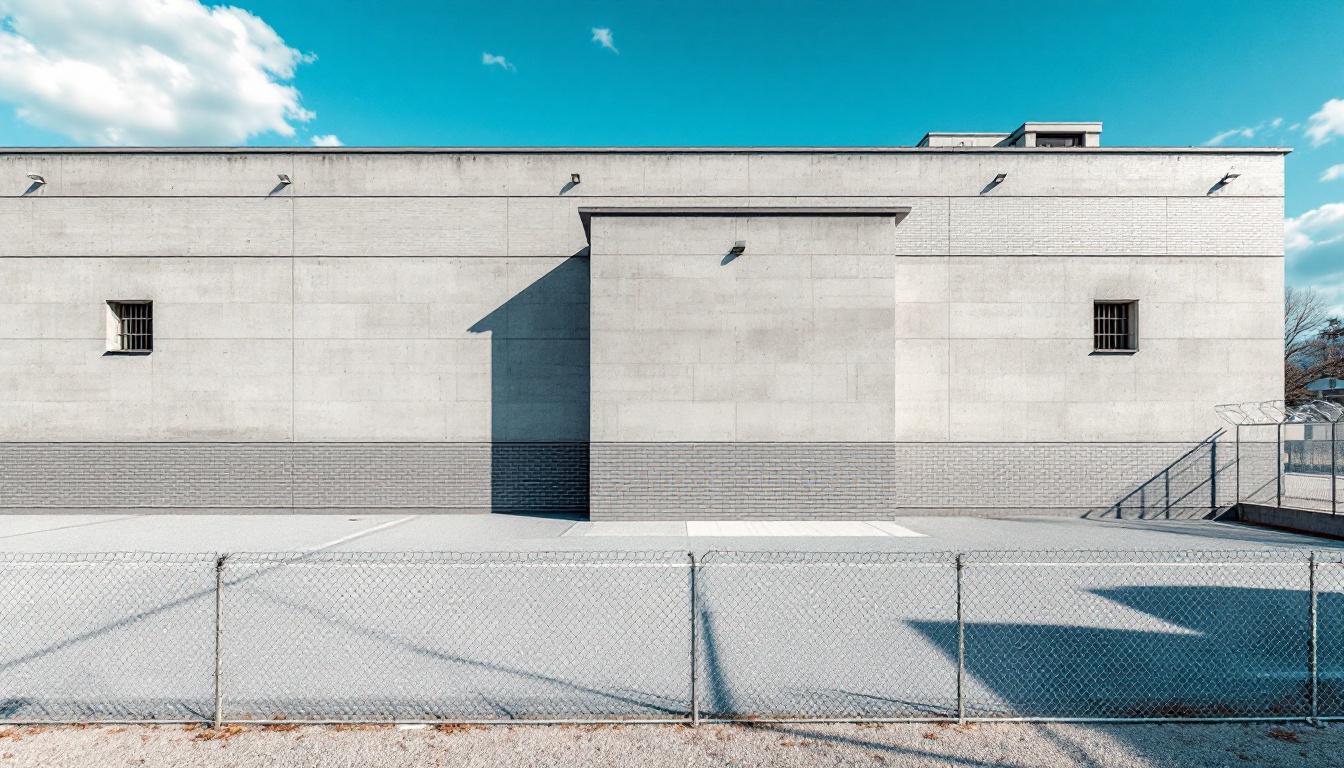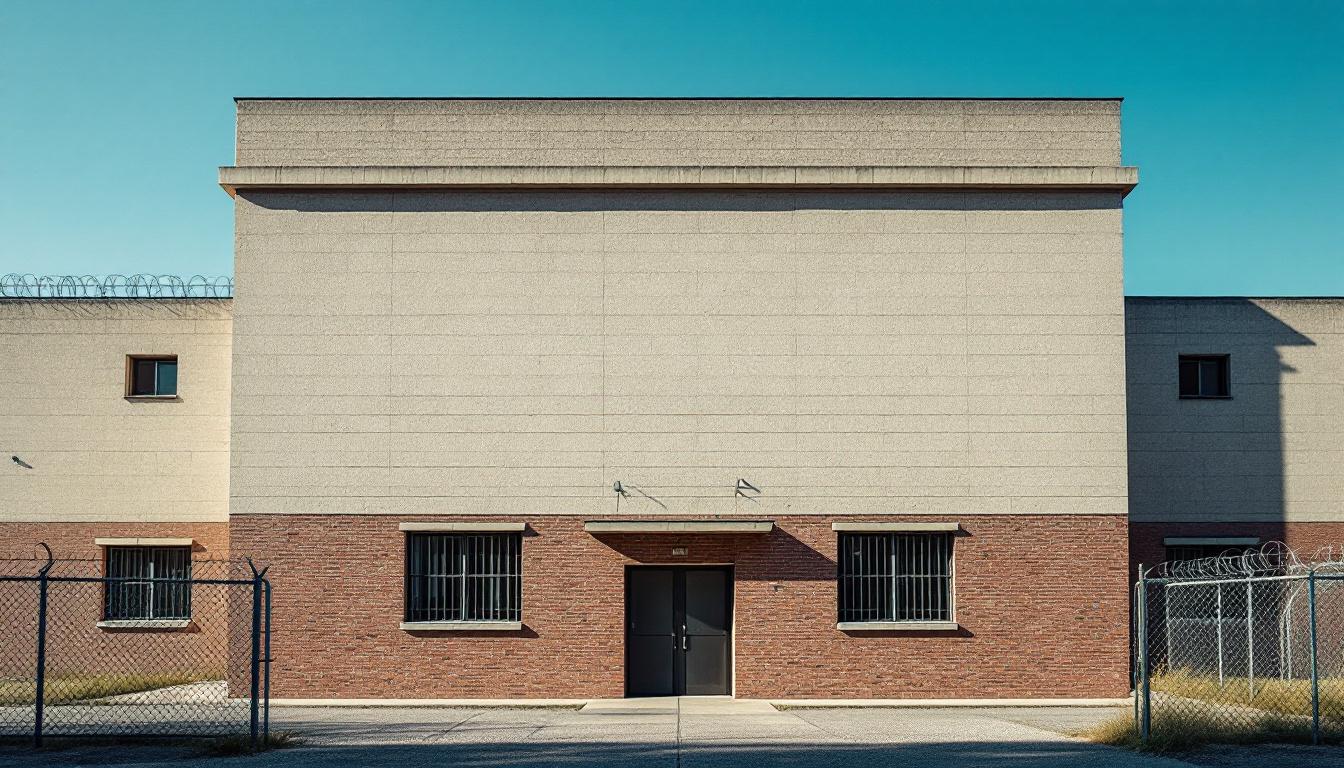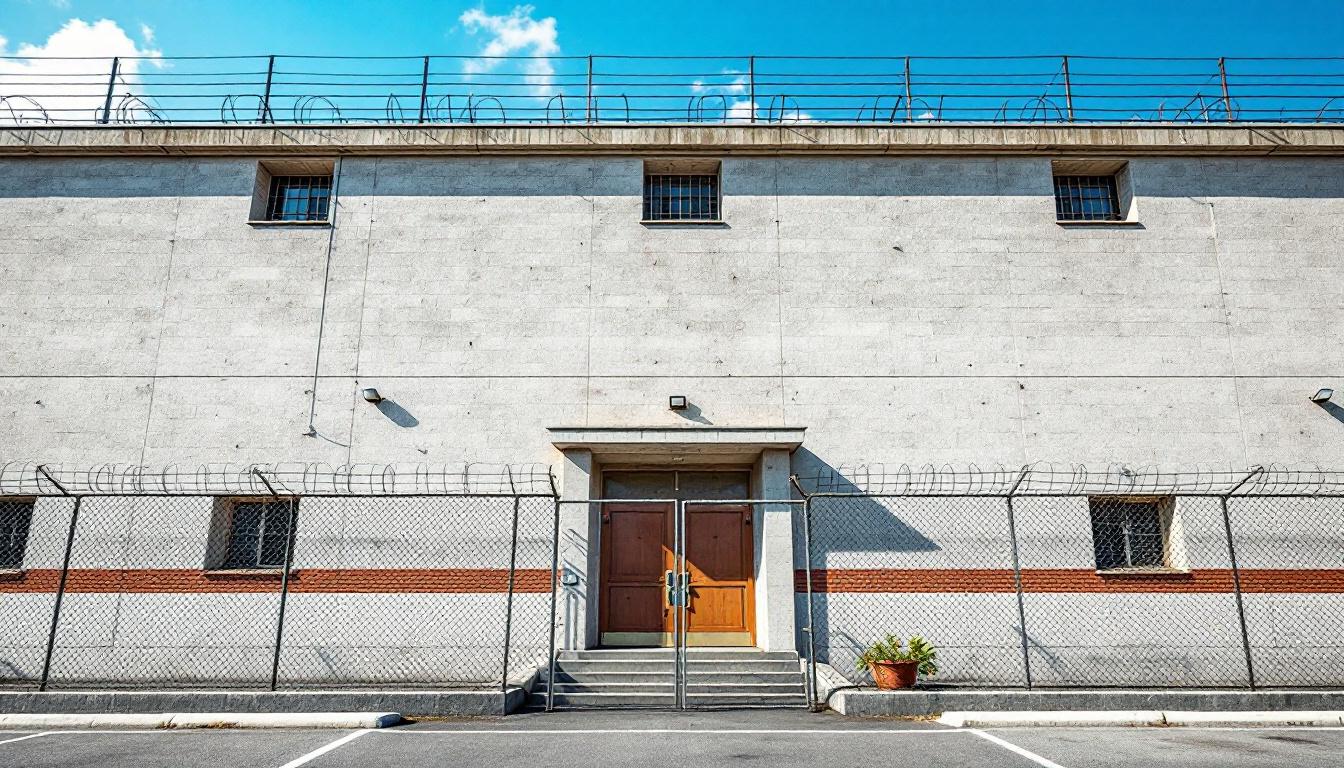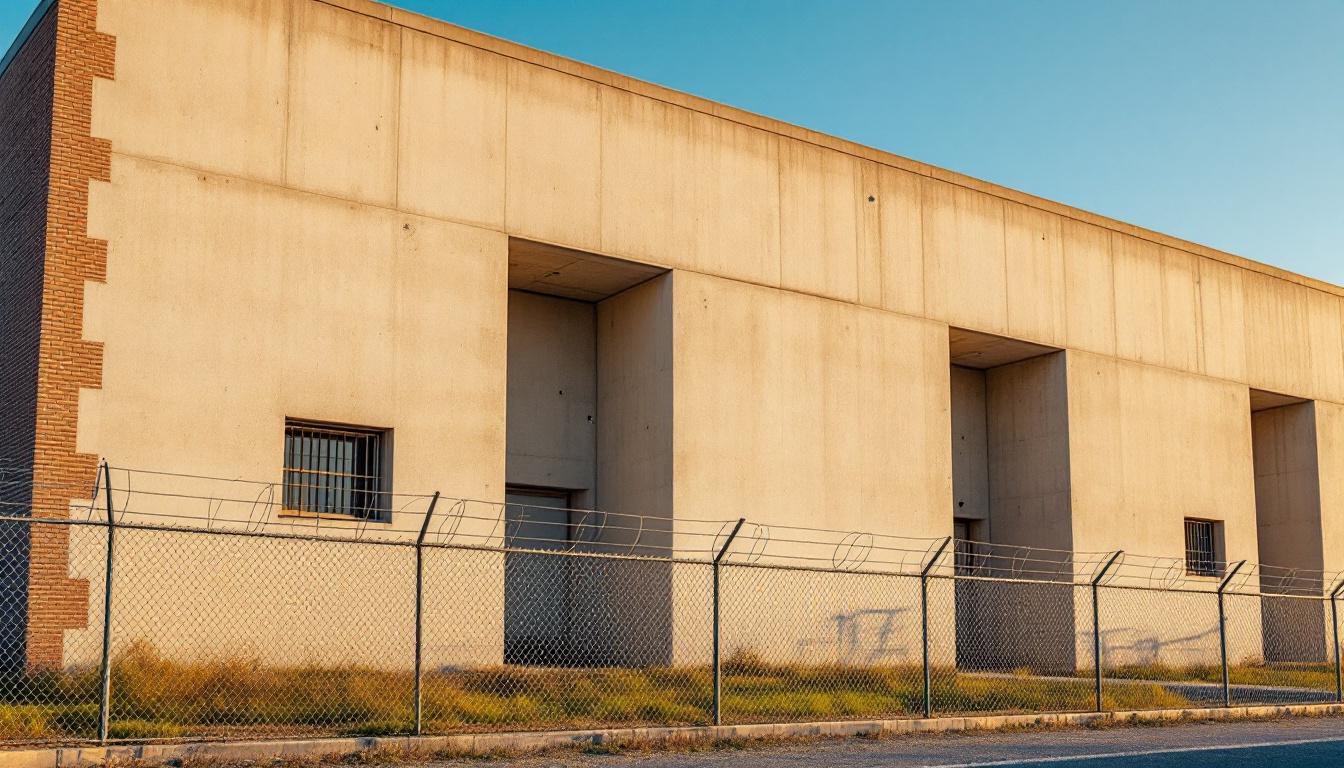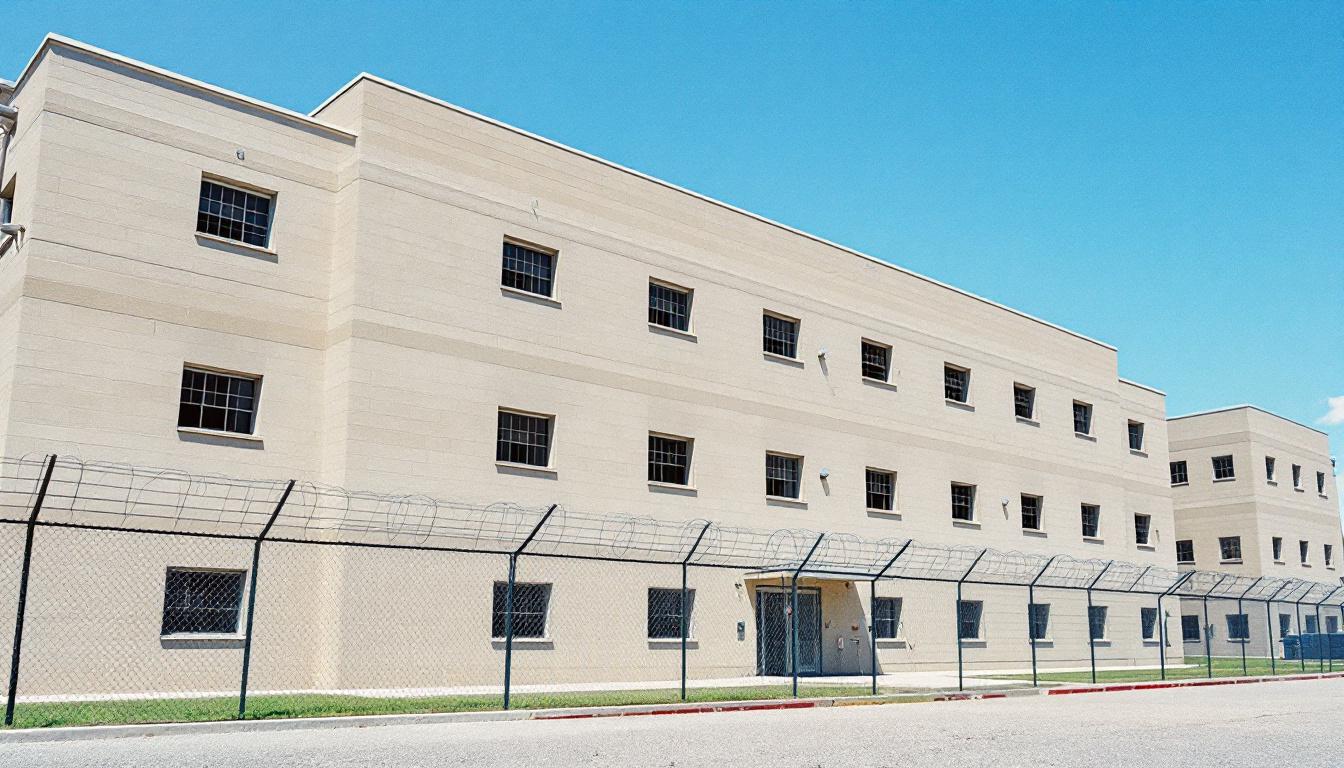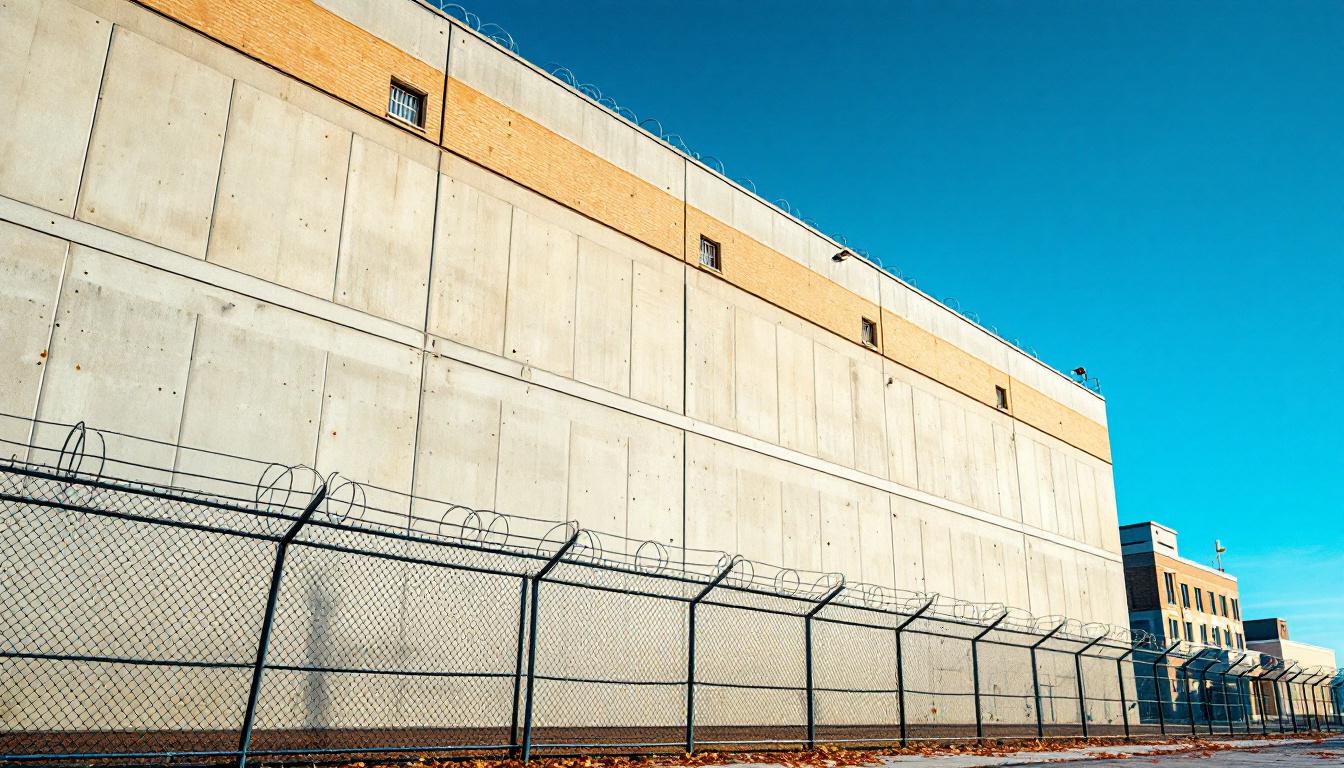
Quick Navigation
How to contact an inmate at Clarence N. Stevenson Unit
This comprehensive guide will walk you through how to connect with an inmate at Clarence N. Stevenson Unit. Follow the steps below to find an inmate and send letters and photos:
- Search for the inmate using our search tool below
- Create your account or log in to Penmate
- Write your message (up to 6,000 characters)
- Send instantly - inmates receive printed copies daily
Find an Inmate
Search for an inmate to start communicating today
Tip: You can search by first name, last name, or inmate ID number
To contact a person at Clarence N. Stevenson Unit start by searching for the person on the official facility website. Perform a search by following these steps:
- Step 1: Enter their first name and last name into the search form and click "Search"
- Step 2: Locate their inmate record
- Step 3: Write down their Inmate ID and any housing information provided
Important! Be sure to enter the person's full name. Nicknames should not be used.
How to Send Messages to Inmates

You can use your phone or computer to send emails, letters, and photos to an inmate. Messages are sent electronically to inmate tablets or kiosks at the facility. If you would like to send a message, start by searching for an inmate at Clarence N. Stevenson Unit.
Sending Photos and Postcards

A great way to send love and support to a loved one at Clarence N. Stevenson Unit is to send photos and postcards. It only takes a few minutes to send photos from your phone and it makes a huge difference. You can also mail postcards with words of support and inspiration, or design your own postcard for special moments like birthdays and holidays.
Important! Be sure not to send any explicit photos or they may not be approved by the facility. You can also use a photo printing app like Penmate to make sure your photos are printed at the correct size (4x6 or 3x5) and are mailed according to the rules and regulations of Clarence N. Stevenson Unit.
Frequently asked questions about Clarence N. Stevenson Unit
-
How long does it take to deliver a message?
If you're sending an email message your letter is usually delivered within 24-48 hours. For messages sent via mail you should expect delivery within 3-7 days. All messages will need be approved by Clarence N. Stevenson Unit.
-
How much does it cost to send a message to Clarence N. Stevenson Unit?
You can send a message free using your phone or mail a message via USPS for the price of a $0.60 stamp and envelope. You can also purchase credits or e-stamps from services starting at $1.99.
-
What services can I use to contact an inmate at Clarence N. Stevenson Unit?
Penmate
You can use Penmate to send letters and photos to an inmate from your phone. It's an easy way to stay in touch during your loved one's incarceration. Use the inmate locator to find an inmate's location and contact information, then you can send messages within a few minutes.
Securus messaging
Securus may be another option for communicating with an inmate at Clarence N. Stevenson Unit. You can create a friends and family account and purchase credits to send messages. All messages will be reviewed and must be approved by the facility.
JPay
Some county jails and state prisons may support sending messages with JPay. You must register an account with the system, find your loved one, and purchase stamps to send messages. For some locations you can also attach photos.
Smart Jail Mail
You may also check if Smart Jail Mail is available at Clarence N. Stevenson Unit. Smart Jail Mail is operated by Smart Communications and has contracted with some state and county jails. After purchasing credits, your messages and photos are sent to the facility, printed out, and then handed out to your loved one.
-
What is the mailing address of Clarence N. Stevenson Unit?
Mailing address:
Clarence N. Stevenson Unit
1525 F-M 766
Cuero, TX 77954
Phone: (361) 275-2075 -
What are the visiting hours at Clarence N. Stevenson Unit?
Visiting hours at Clarence N. Stevenson Unit vary by housing unit and security level. Generally, visits are scheduled on weekends and holidays, with some facilities offering weekday visits. Contact the facility directly at (361) 275-2075 or check their website for the current visiting schedule. Visits typically last 30-60 minutes and must be scheduled in advance.
-
What items are prohibited when sending mail to Clarence N. Stevenson Unit?
Prohibited items typically include: cash, personal checks, stamps, stickers, glitter, glue, tape, staples, paperclips, polaroid photos, musical or blank greeting cards, hardcover books, magazines with staples, and any items containing metal or electronics. Only send letters on plain white paper with blue or black ink. Photos must be printed on regular photo paper (no Polaroids). Always check with Clarence N. Stevenson Unit for their specific mail policies.
-
How do I send money to an inmate at Clarence N. Stevenson Unit?
You can send money to an inmate at Clarence N. Stevenson Unit through several methods: 1) Online using JPay, Access Corrections, or the facility's approved vendor, 2) Money orders mailed directly to the facility with the inmate's name and ID number, 3) Kiosks located in the facility lobby, or 4) Over the phone using a credit or debit card. Fees vary by method, typically ranging from $2.95 to $11.95 per transaction.
-
Can I schedule a video visit with an inmate at Clarence N. Stevenson Unit?
Many facilities now offer video visitation as an alternative to in-person visits. At Clarence N. Stevenson Unit, video visits may be available through services like Penmate, Securus Video Connect, GTL, or ICSolutions. Video visits typically cost $10-20 for 20-30 minutes and must be scheduled in advance. You'll need a computer or smartphone with a camera and reliable internet connection. Contact the facility for their specific video visitation policies and approved vendors.
-
What identification do I need to visit an inmate at Clarence N. Stevenson Unit?
All visitors must present valid government-issued photo identification such as a driver's license, state ID, passport, or military ID. Minors must be accompanied by a parent or legal guardian who can provide the minor's birth certificate. Some facilities require visitors to be on the inmate's approved visitation list, which may require a background check. Contact Clarence N. Stevenson Unit for specific ID requirements and visitor approval procedures.
-
How can I find out an inmate's release date?
To find an inmate's release date at Clarence N. Stevenson Unit, you can: 1) Use the online inmate search tool if available, 2) Call the facility's records department, 3) Contact the inmate's case manager or counselor, or 4) Have the inmate provide this information during a call or visit. For privacy reasons, some facilities only release this information to immediate family members.
Facility Overview
Official Website
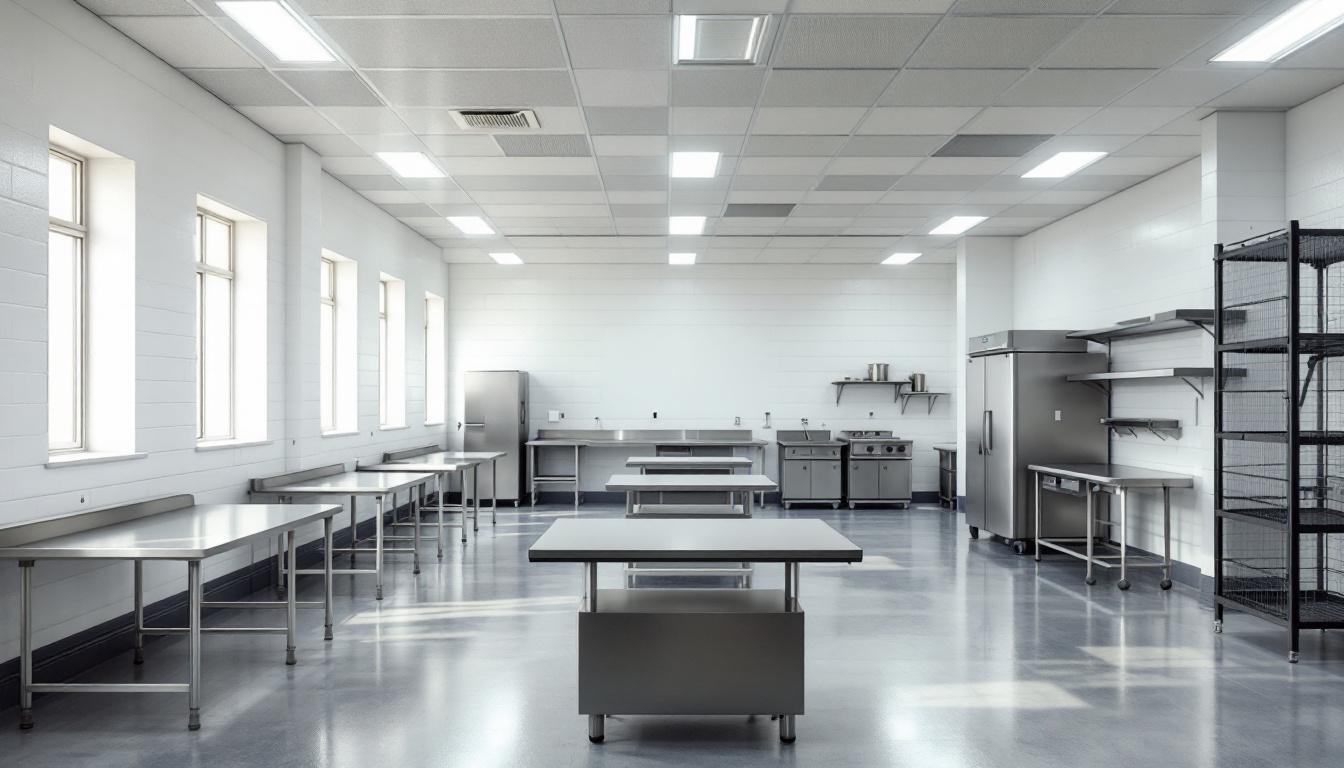
About Clarence N. Stevenson Unit
Maintaining public safety while fostering pathways toward successful reintegration represents the core mission that guides operations at the Stevenson Unit, TX, a state correctional facility serving the greater Dallas metropolitan area. This TX correctional facility operates within the broader framework of the state's correctional system, contributing to community safety through secure housing and structured programming designed to address the diverse needs of its population.
Located within the Dallas region, the facility typically maintains multiple security classifications to accommodate individuals with varying custody requirements and sentence lengths. The institution generally provides those incarcerated services that may include educational opportunities, vocational training programs, and counseling services aimed at addressing underlying factors that contribute to criminal behavior. Mental health support and substance abuse programming often form integral components of the rehabilitation approach, while medical services ensure basic healthcare needs are met throughout incarceration periods.
The facility's operational structure emphasizes both institutional security and preparation for eventual community reentry, reflecting contemporary correctional practices that balance public safety concerns with evidence-based rehabilitation strategies. Staff members typically work to maintain safe, orderly environments while facilitating access to programs that may enhance post-release success rates. Through its position within the state correctional system, the Stevenson Unit contributes to the broader goals of reducing recidivism and supporting successful transitions back into Dallas-area communities upon release completion.
Programs & Services
Personal development takes center stage through carefully structured offerings that address both immediate needs and long-term goals for those incarcerated at Stevenson Unit. The facility's approach emphasizes building practical skills while maintaining a secure environment that supports meaningful change. These opportunities typically focus on preparing individuals for successful reintegration into their communities through a combination of educational advancement, vocational training, and personal growth initiatives.
Educational and vocational offerings may furnish those incarcerated with essential skills for future employment opportunities. Vocational training programs often include commercial driving (CDL) preparation, which provides valuable certification in the transportation industry. In addition to this, specialized training in painting and decorating equips participants with construction-related skills that are frequently in demand. Food service operations training represents another practical pathway, offering hands-on experience in kitchen management, food preparation, and safety protocols that translate directly to employment opportunities in the hospitality sector.
Support services and structured work programs complement the educational offerings by providing daily routines that emphasize responsibility and skill development. Work programs typically allow those incarcerated to gain valuable experience while contributing to facility operations in a secure setting. Faith-based initiatives may offer spiritual guidance and community support for individuals seeking personal growth through religious or spiritual practices. These comprehensive offerings work together to create an environment where those incarcerated can develop both practical abilities and personal resilience, supporting their preparation for eventual reentry into society.
Daily Life & Visitation
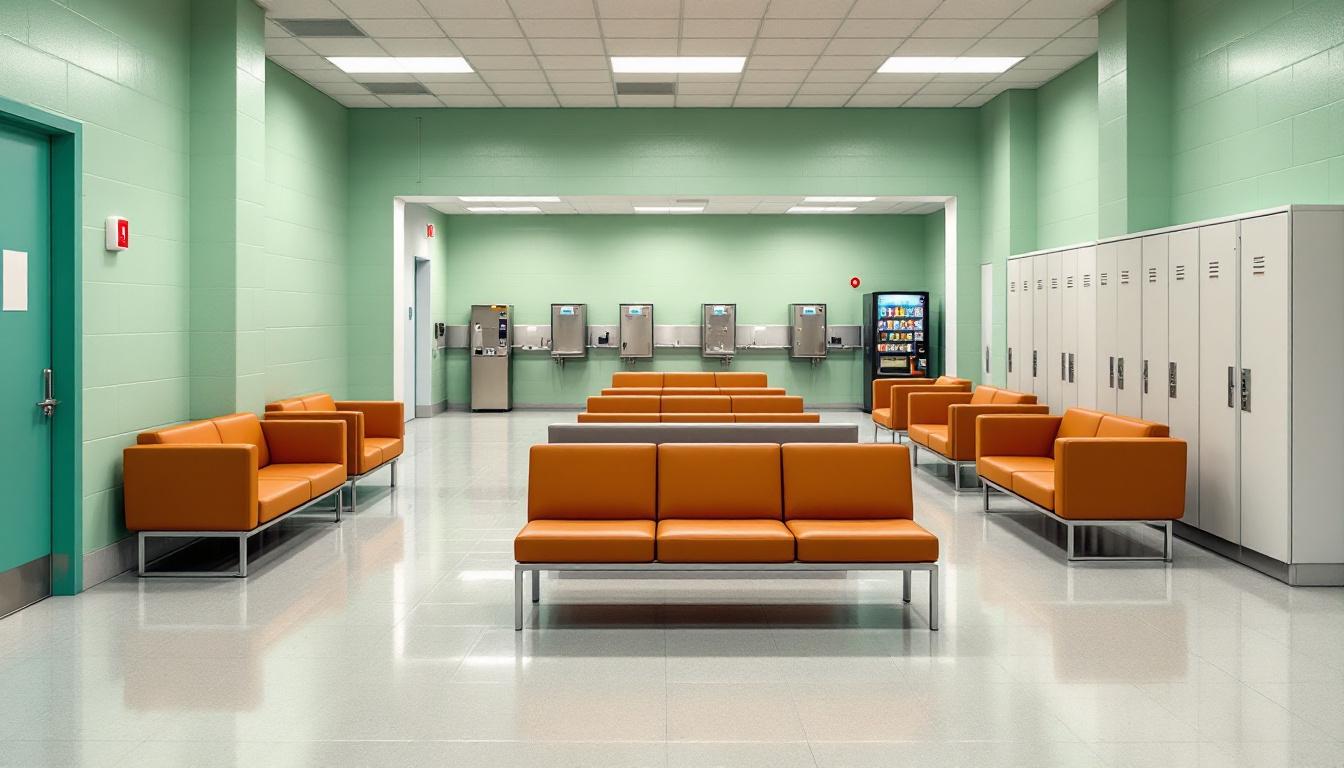
Building connections with family members and fellow residents forms the cornerstone of life for those incarcerated at the Stevenson Unit. The facility currently operates on a structured schedule that continues to emphasize community interaction throughout the day. Those incarcerated typically begin their mornings with count procedures, followed by breakfast in communal dining areas where conversations often center around family updates and shared experiences. Work assignments generally commence in the morning hours, with residents participating in various facility operations that may include kitchen duties, maintenance tasks, or administrative support roles.
Living accommodations at the Stevenson Unit typically consist of shared housing units where residents develop supportive relationships with their cellmates and neighbors. In addition to this housing arrangement, the facility generally provides common areas where those incarcerated can gather for recreational activities, television viewing, and informal discussions. Meals are usually served in designated dining halls, furnishing opportunities for social interaction and community building among residents from different housing areas. Personal property allowances typically include basic necessities and approved items that help maintain connections to life outside the facility walls.
Despite this structured environment, the facility generally offers various programs designed to strengthen family bonds and prepare residents for eventual reintegration. Visitation opportunities typically allow those incarcerated to maintain face-to-face contact with loved ones, while telephone and correspondence privileges continue to support ongoing communication. Recreation periods usually include access to outdoor exercise areas, library services, and organized activities that encourage positive social interaction. Educational and vocational programs may also be available, providing residents with opportunities to develop skills while building supportive relationships with instructors and fellow participants in their journey toward rehabilitation.
Ready to Connect?
Start communicating with your loved one today
Search for an Inmate
